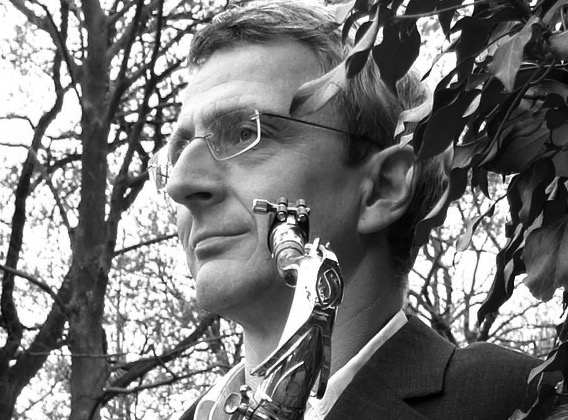PANGAEA
in former times, all the continents were one. this single continent was called PANGAEA. GAEA means earth. PAN means „the meeting“ but is also known as the god of nature, who reconciles fertility, as a form of creation, with the knowledge about the coherence of all.
PANGEA started making their music in 1993 with meditative concerts in the spiritual atmosphere of german cathedrals and other places with similar acoustics, ideal for the characteristics of didgeridoo (for the vibes), overtone harmonies, saxophones and unusual instruments like the ocean drum, the swedish overtone flute and more.
this continued when they joined an area of rhythmic expression, adding a drummer and percussionist for the groove and keyboards for a more homogeneous sound. the result is an ethnic mix where ambient and trance-like elements meet jazz components, creating the mystical and shamanistic dimension of music between tradition and future, free, without limits, rare and beautiful.
THE MUSIC
overtones are frequencies in nearly every sound. by simply talking and using vowel sounds like a, e, i, o, u, one produces numerous overtones.
by moving the tongue and lips in a very delicate way, an overtone-singer filters the clear frequencies out of the basic tone and creates a distinct, high and whistle-like sound of a very special melodic character. this can be heard throughout this recording, especially on „BOREAS“.
but overtones also can be played on the didgeridoo or yidaki, the ancient australian aboriginal wind instrument. it is our main instrument which we use for ambience, for rhythms or for a special acoustic experience. the didgeridoo also produces a basic tone, which is a fixed note on each individual instrument. by movie his mouth as if speaking, the player produces a touching voice-like drone with a wide range of expressions from animal calls to exciting rhythms without stopping to breathe.
circular breathing is a very old technique used by musicians and craftsmen all over the world. it can be practiced on other wind instruments, too, like the saxophone, as on „MOIRÉ“.
Steffen Borchert: Didges, Conch, Ocean Drum, Voice, Breathe Chant
Andreas Burckhardt: Flute, Keyboards, Clapsticks, Alto & Soprano Saxophone, Didge, Handdrum, Swedish Overtoneflute
Frank Hoßfeld: Overtone Harmonics, , Indish Harmonium, Undertone Chant
Dieter Schmigelok: Drums, Keyboard Programming, Kalimba, Shaker, Clapsticks, Percussion, Tibetian Cymbals
Ansgar-M. Stein: Didges, Conch, Voice Effects and Mouth Sounds, Clapsticks, Shaker, Voice, Noseflute, Hand-Drum, Breathe-Chant
feat. Chalil El Bascha on Casabah (Egyptian Tabla, Daholla, Vocals) on Track 10
Recorded, mixed & mastered by Gerhard Wennemuth

